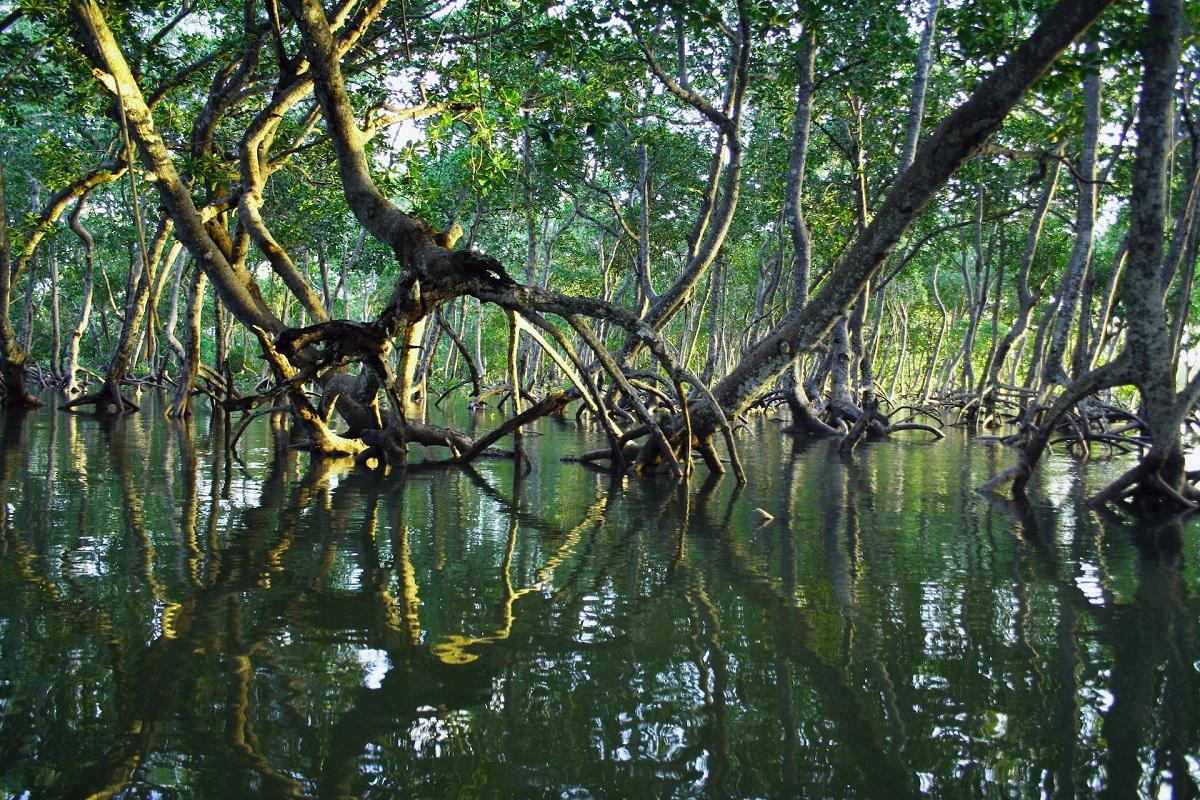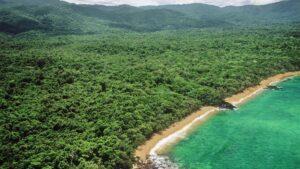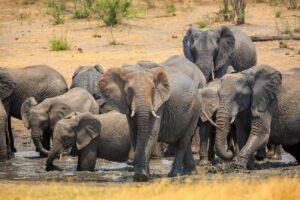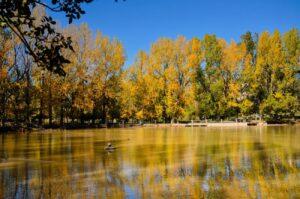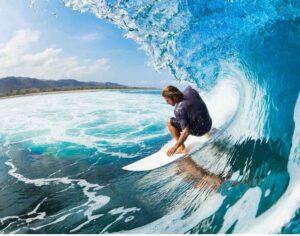Also known as Parc Martin des Mangroves, Mangroves National Park is the only marine national park in the Democratic Republic of Congo. It’s located within the Mauda territory at the mouth of the Congo River. Covering 768 square kilometers, it is one of the smallest national parks in the country but boasts rich biodiversity.
Founded in 1992, the park is home to a variety of vegetation, including lush forests, mangroves, African oak, red cedar, and walnut trees. The Congo River and mangrove ecosystem provide a habitat for wildlife such as crocodiles, hippos, and the endangered manatee.
Above ground, visitors may spot reedbuck, bushbuck, and a range of reptiles, amphibians, and birds, including the African fish eagle, greater flamingo, kingfisher, and goliath heron. Here’s our comprehensive guide to Mangroves National Park;
Please Download Our Mobile App here.
Overview of Mangroves National Park
Located in the Mauda territory of the DRC, Mangroves National Park is the country’s only marine national park and one of its smallest, covering just 768 square kilometers. Situated at the mouth of the Congo River, the park is a designated Ramsar conservation site. It features diverse vegetation, including lush forests, mangroves, African oak, red cedar, walnut trees, and tall grasses along the coastline.
Established in 1992, the park is divided into three distinct regions: the riverside land area, the coastal strip, and numerous mangrove islands, all of which are fully protected. The mainland is characterized by dense plant life, including African oak and cedar trees, and is dotted with coconut palms, creating a rich and varied ecosystem.
Wildlife in Mangroves National Park
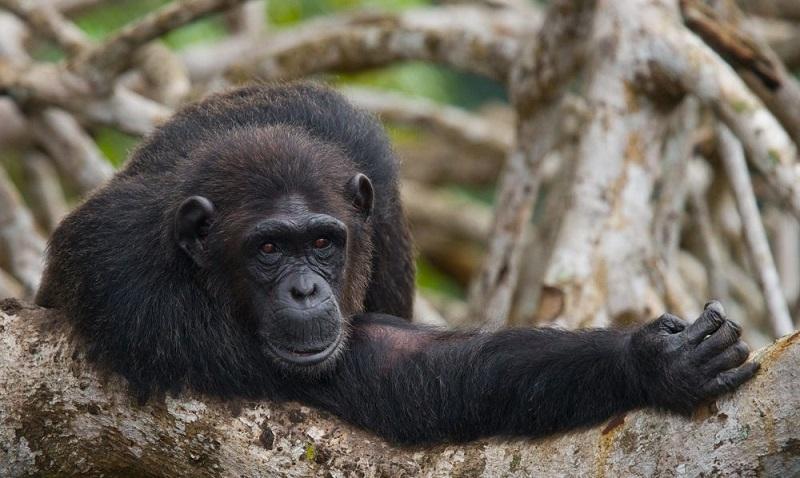
The wildlife of Mangroves National Park is a remarkable testament to the diversity and richness of this coastal ecosystem. The national park has abundant marine life, including hippos, crocodiles, and snakes. The national park is also home to the Western African manatee, a gentle giant affectionately known as the “sea cow.”
These enormous mammals are herbivores, spending much of their time grazing on the grasses that grow along the riverbed. The Western African manatee is one of only four species of manatees found around the world. These peaceful creatures thrive in the park’s mangrove-rich waters, where they contribute to maintaining the health of aquatic plant life by feeding on vegetation.
Their presence in the park highlights the critical need for habitat conservation to protect these vulnerable animals and the delicate ecosystems they inhabit. Despite the threat of poaching, smaller populations of monkeys, southern reedbuck, and bushbuck persist, showcasing the resilience of these species in the face of danger.
The national park is also a haven for birdwatchers, with the African fish eagle, greater flamingo, kingfisher, and goliath heron among the coveted species spotted in the area. WWF has played a pivotal role in raising awareness of the park’s ecological significance. This growing recognition of Mangroves National Park has highlighted its potential as a key destination for sustainable tourism.
Best Time to Visit Mangroves National Park
The DRC’s tropical climate is typically warm and humid. The national park experiences cooler weather during the drier months. The best time to visit Mangroves National Park in the Democratic Republic of Congo (DRC) depends on your activities and preferences. During the dry season (June to August), visitors can enjoy swimming and sunbathing in the ocean, as well as boat trips on the lake to spot wildlife.
If you’re on a budget or prefer more privacy, the wet season offers fewer crowds, although there’s an increased presence of mosquitoes. So, wear clothes that cover your body, take anti-malarial medicine, and carry a mosquito repellent. For wildlife safaris and boat trips, the short dry season from December to February is also ideal.
Getting to Mangroves National Park
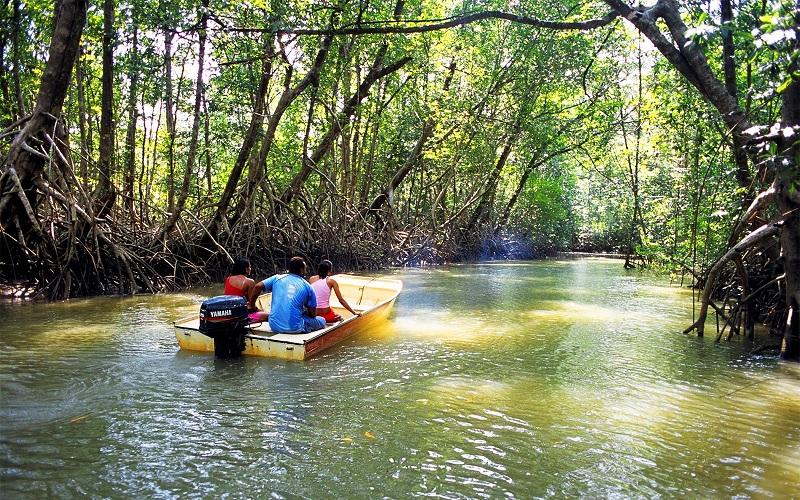
Mangroves National Park can be reached by both road and air. Tourists typically fly into Muanda town, where they can take a short drive to the park. The flight directly reaches Muanda, which serves as a gateway to the park.
Once in Muanda, visitors can enjoy a scenic drive through the local landscape before reaching the park’s rich coastal ecosystems. Alternatively, the park can be accessed via Boma. It is located about 100 kilometers from the city, making it accessible by car or bus from the city.
Other Activities in Mangroves National Park
In addition to exploring the rich biodiversity of Mangroves National Park, visitors can enjoy a variety of activities that immerse them in its unique ecosystem. Several guided tours are available to take guests through the park’s lands, providing opportunities to encounter wildlife such as reedbucks, bushbucks, monkeys, and endangered manatees.
Congo Riverboat tours offer stunning views of hippos, crocodiles, manatees, and a wide array of aquatic birds. The boat cruises also provide panoramic views of the park’s striking mangrove forests. Fishing is another popular recreational activity. The Congo River teems with species like cichlids, tetras, and lungfish—ideal for visitors to unwind after a day of wildlife watching.
Bird enthusiasts will find Mangroves National Park to be a paradise. The park offers sightings of diverse species such as African fish eagles, flamingos, parrots, and herons, with the best bird-watching opportunities occurring at dawn and dusk.
Park Fees in Mangroves National Park
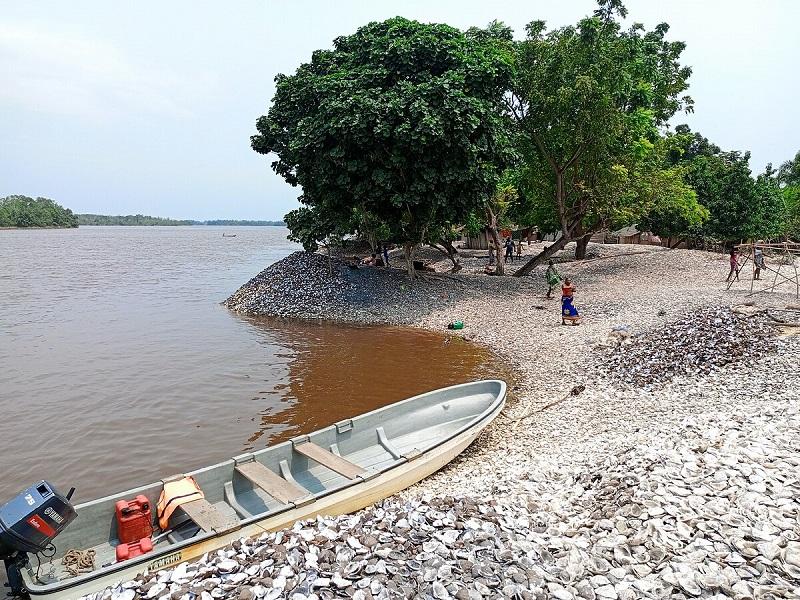
Mangroves National Park is one of the least traveled parts of the continent and the exact park fees aren’t clearly defined. Most of the visitors to the region join a guided safari and that’s what we are going to talk about. Most of these start from around $2000 and include visits to other parts of the country.
FAQs
Is Mangroves National Park worth a visit?
If you want a break from the predictable safari experience then Mangroves should be on your to-do list. You’ll be able to see endangered manatees and exotic birds in a lush environment, making you feel like you discovered paradise.
Is DRC safe to travel?
The Democratic Republic of Congo has regions that are unsafe for travelers. These are particularly in the eastern part and include three Kasai provinces (Kasai, Kasai-Oriental, and Kasai-Central). The regions are known for crime, civil unrest, armed conflict, and risks of kidnapping.
Demonstrations have also become increasingly common in many cities, with some turning violent. However, Mangroves National Park is located on the Atlantic coast, far from these areas of unrest, making it a more stable region to visit. Despite this, travelers should always consult their country’s travel advisory and stay informed on current safety updates before traveling to the DRC.
Conclusion
The Mangroves National Park of the DRC is a treasure trove of biodiversity and ecological significance. It is not only crucial for the local communities and wildlife but also plays a role in the global fight against climate change. With concerted conservation efforts and the potential for ecotourism, the park has the capacity to continue thriving as a protected natural wonder.
